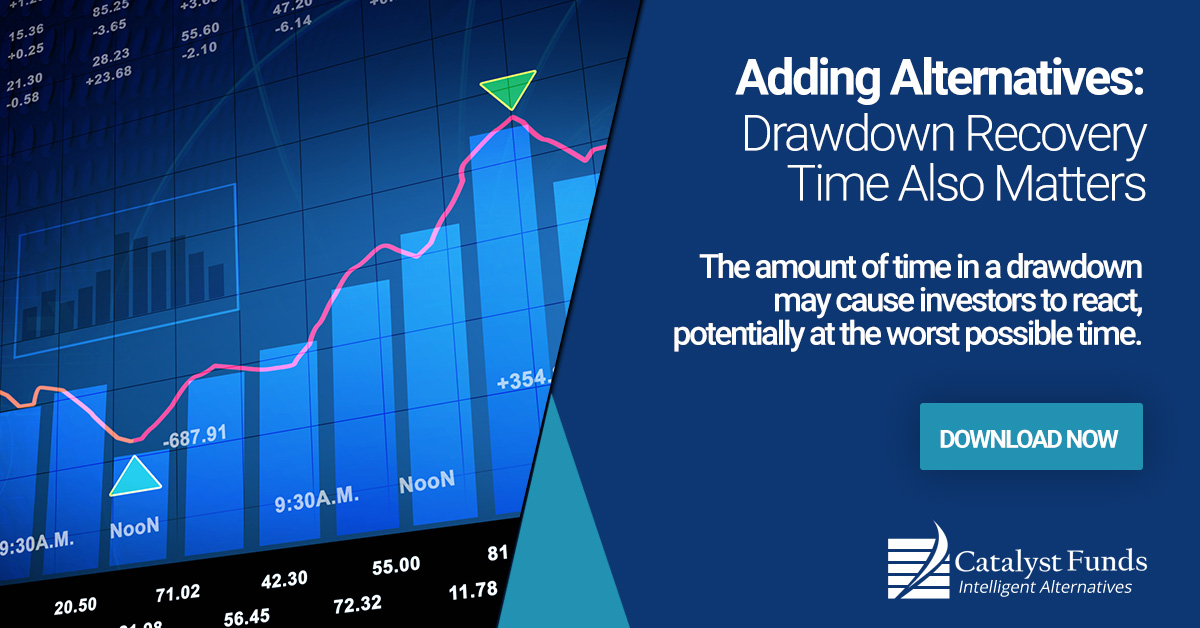

#Drawdown investments driver#

Some of the key observations from this analysis were: This analysis involved projecting forward the various investment strategies under thousands of possible economic scenarios allowing for different withdrawal patterns. In order to assess the viability of using protected funds in drawdown we carried out analysis comparing different CPPI style fund structures with more traditional drawdown investment strategies. As the fund value increases the protected amount can increase, thereby ‘locking in’ good investment returns. If the value of the investment asset starts to fall the fund starts to invest more in the defensive asset. A common structure uses a CPPI (Constant Proportion Portfolio Insurance) mechanism to automatically re-balancing the fund, on a daily basis, between an investment asset and a defensive asset (usually cash). There are many different types of protected funds but at a high level they provide a guarantee that the fund value will never fall below a specified level. However, there could be scope to extend their use to more standard drawdown products. These types of funds, which are more common in the US, are currently mainly being used in the UK by a small number of life companies as a capital efficient way of providing guarantees in variable annuity style products. As drawdown providers turn their attention to designing investment strategies suitable for a larger drawdown market, we are starting to see an increasing interest in the role that protected funds could play in post-retirement investment strategies. the risk of lower investment returns in early years when the fund is largest combined with drawing income from the fund) can have a significant impact on the amount of income a pensioner ends up receiving from their pension pot. However this solution means that the customer is exposed to significant investment risk in the drawdown phase. This would provide the customer with the longevity protection in the long run whilst still leaving them with flexibility in the short term. While no new product fulfilling all these needs has yet been launched, many are seeing a two phased retirement solution as the answer - with an initial period of drawdown followed by an annuity purchase later in retirement when lifestyle and health are more settled. At the other end of the spectrum, annuity products provide guarantees on the level of income and how long it will be paid for but have no flexibility if plans or health circumstances change. Drawdown products provide flexibility on how much can be taken out, and when, as well as returning any remaining fund on death. In order to offer value to customers, current retirement products on the market tend to serve a subset of these competing needs. However they also worry about running out of money during their lifetime, uncertain about how long the period of retirement will last and whether or not they will need to fund long term care later in their lives.

They want to be able to keep control of their money to fund still unclear retirement lifestyles or to pass on as part of their estate. Customer research shows that retirees value flexibility and autonomy over their pensions. This is primarily because life companies have been concentrating on embedding the new Solvency II regulatory regime and ensuring that administration systems are in place to allow the necessary initial fund transfers to take place.Īnother barrier to new product development has been the often conflicting needs of customers. Initial expectations of a flurry of new innovative products to service this market have, so far, mainly failed to materialise. This has opened up new possibilities for pensioners but has also brought with it increased complexity in terms of the issues that retirees need to grapple with to decide what to do with an asset that is usually their second biggest after their homes. The 2014 budget removed restrictions on how retirees use their pension pot and since April 2016 all defined contribution retirees have been able to spend or invest their pension funds as they see fit, with or without financial advice. Webinars Register for upcoming webinars as well as visiting our extensive webinar replay library.Digital and Innovation We apply data science, technology expertise and innovation to help our clients build a better financial future.Economic Scenario Service Explore the consequences of today's business decisions.LGPS Governance, Administration and Projects.


 0 kommentar(er)
0 kommentar(er)
